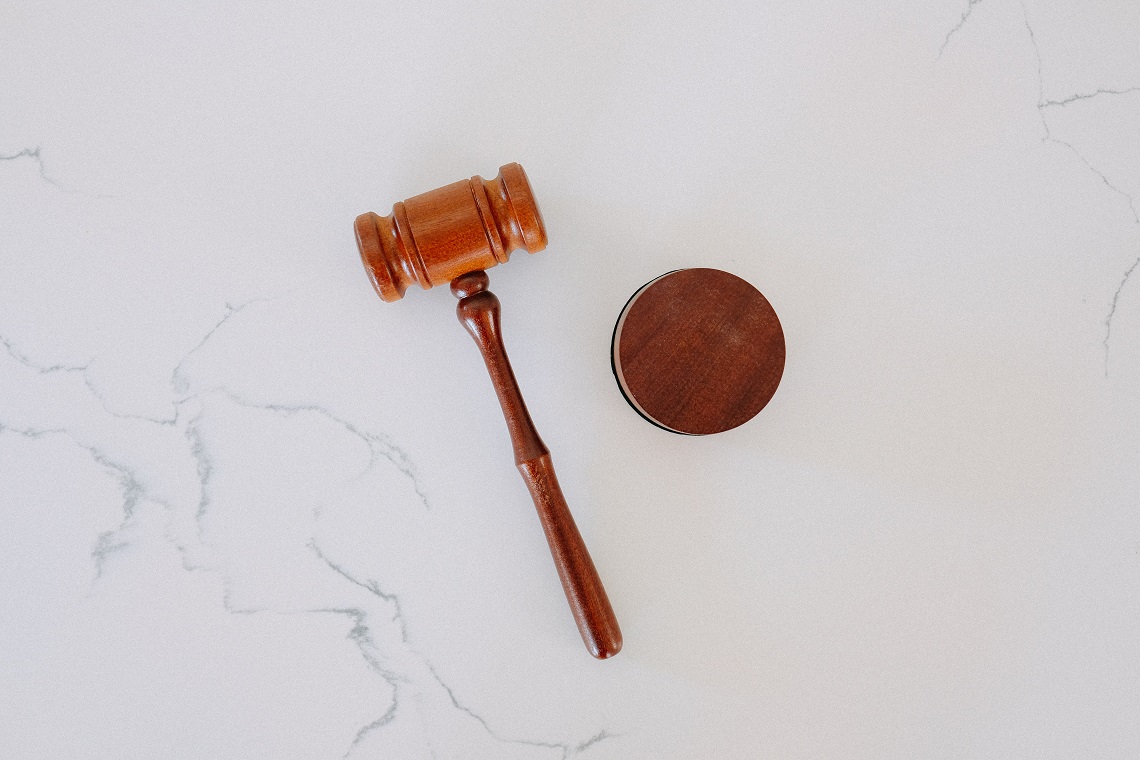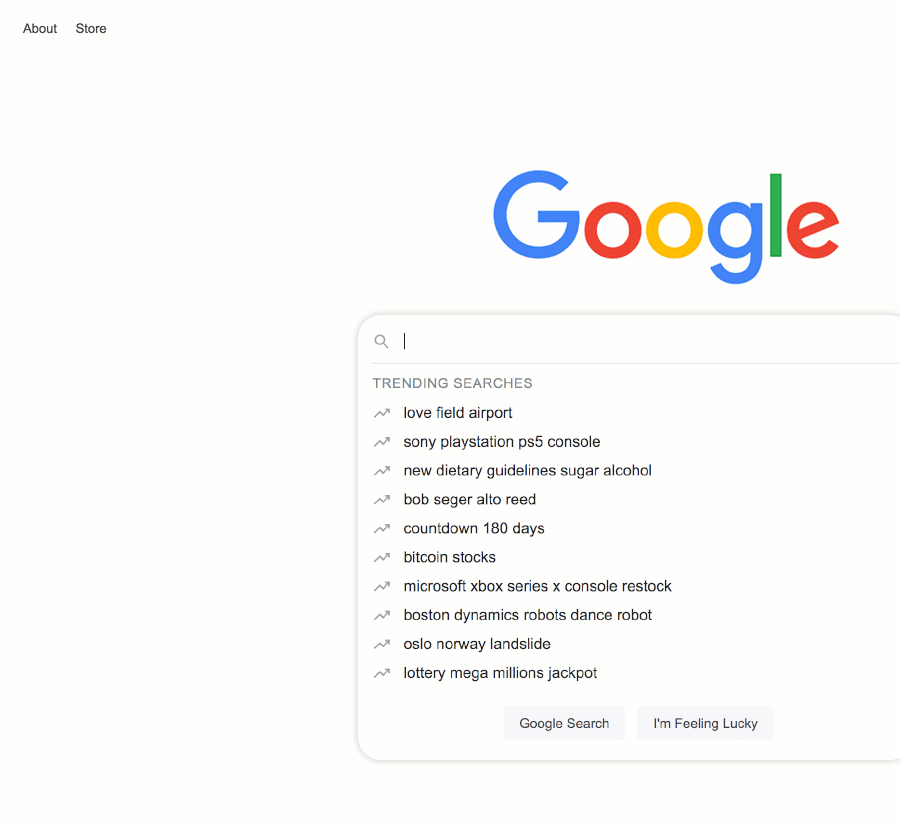How to Protect Your Bridal Shop from an ADA Compliance Lawsuit

2020 has brought about a set of challenges for store owners in the form of store closings, understaffing, and overall uncertainty about the future. To add to this, we are now seeing an increased prevalence in the amount of ADA lawsuits that are being targeted specifically to bridal shops. Before we begin, we have to mention a disclaimer.
SYVO is not a law firm and any guidance received from this article is not guaranteed to protect you from a lawsuit. If you are worried about being sued for your website’s accessibility, please contact an attorney.
So what exactly do we mean by ADA compliance?
ADA (Americans with Disabilities Act) is a federal law that requires your business to provide reasonable accommodations to individuals with disabilities.
You probably have dealt with this to some degree for your store. Handicap parking, for example, is a requirement stemming from this law. In 2018, the DOJ (Department of Justice) ruled that the standards set forth from the ADA apply to websites, and that you are required to implement reasonable accommodations for individuals with eye-sight disabilities.
So what exactly does this mean?
It means that your site should be accessible by individuals that have to use screen-reading technology in order to receive the public information you are providing.
The challenge is, there are no set standards or regulations that provide the path to ADA compliance for your website. This opens the opportunity for your store to get sued, leaving you with the option to go to litigation or to settle out of court. Both options leave you paying out in excess of $10,000.
Today, we’ll talk about what you should do to prevent this from happening to you.
Step 1.) Use the WAVE (web accessibility evaluation tool).
The lawyers that are generating these threat letters and serving businesses are using an online tool to determine their targets. The most commonly used tool is the WAVE evaluation tool. We recommend that you run this tool against your own website (each individual page) to determine if you have errors that are identified by WAVE.
You should do your absolute best to get to 0 errors on the evaluation tool. This will serve as a deterrent for you, as a lawyer who is scanning sites to find targets to sue might not be interested in your business if you don’t have any errors on their evaluation tool.
Head over to this site, and enter your website’s homepage and various inner pages to check for errors. Once you have identified the errors, fix them (or call us) until you have 0 errors.
Step 2.) Add an accessibility widget to your website.
There are tools out there that you can plug into your website that will allow people to adjust the contrast of your site to help them read the content better. They can also provide keyboard navigation, which will allow people to browse your site using their keyboard instead of a mouse.
Now, there are many tools that will cost you a pretty penny, but one free tool we have found is called ‘Userway.’ You can check it out here.
It is important to remember that this tool is not going to fix the errors identified by the wave tool on your website. The purpose of implementing a tool like this is to act as a deterrent. If a potential plaintiff comes to your site and sees that you have added an accessibility tool to your website, it is less likely that they will pursue you further as you have taken a reasonable attempt to provide accessibility to your customers.
Step 3.) Add an Accessibility Statement to Your Website
This is something that you need to do today. Similar to a ‘terms of service’ or ‘privacy policy,’ your website needs to have an accessibility statement that details what you have done to provide accessibility to your customers. You can significantly increase your effectiveness of this statement by assigning a 24-hour hotline (a 1800 number) that anyone with a disability can call to get the information that is on your website. You should also include an email that anyone can use to inquire about your website’s accessibility.
Now again, this does not ensure that you will not be the victim of a lawsuit, but it will act as a deterrent to any law firm that is considering action. They will see that you have provided instructions on your site’s accessibility and given reasonable accommodations to anyone that is not able to use your website in its standard form.
Our intention with this article is to help you understand that you are moments away from a potential lawsuit, and there are actions that you can take to prevent this from ever happening. At SYVO, we help our bridal shops get more appointments and we build our websites in line with these items I’ve mentioned today. Be proactive and you won’t have any problems — Contact us today if you need any help, or would like more information.



